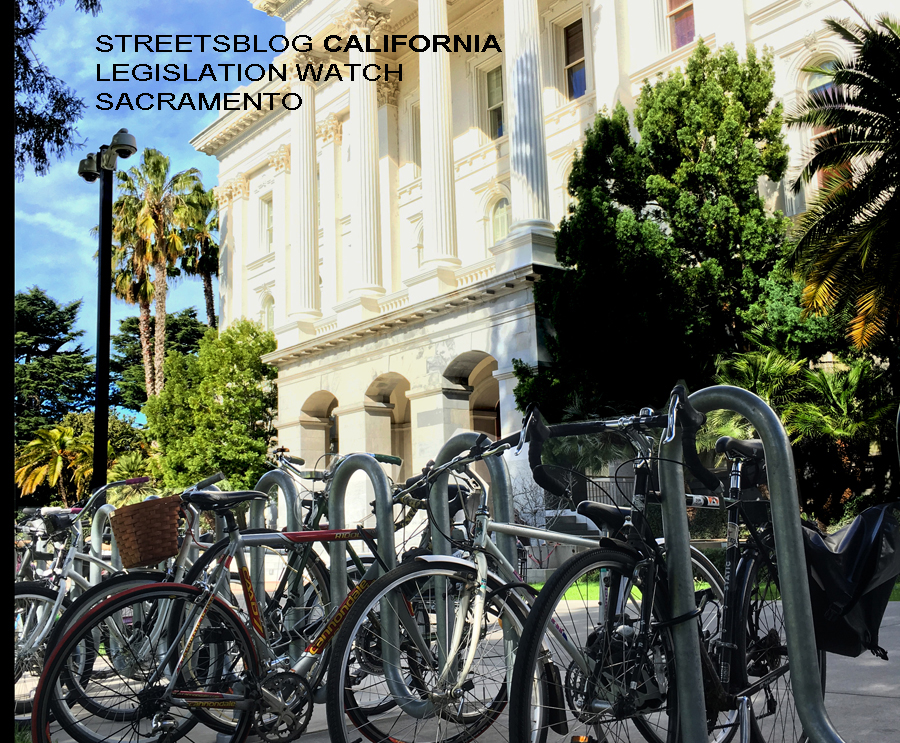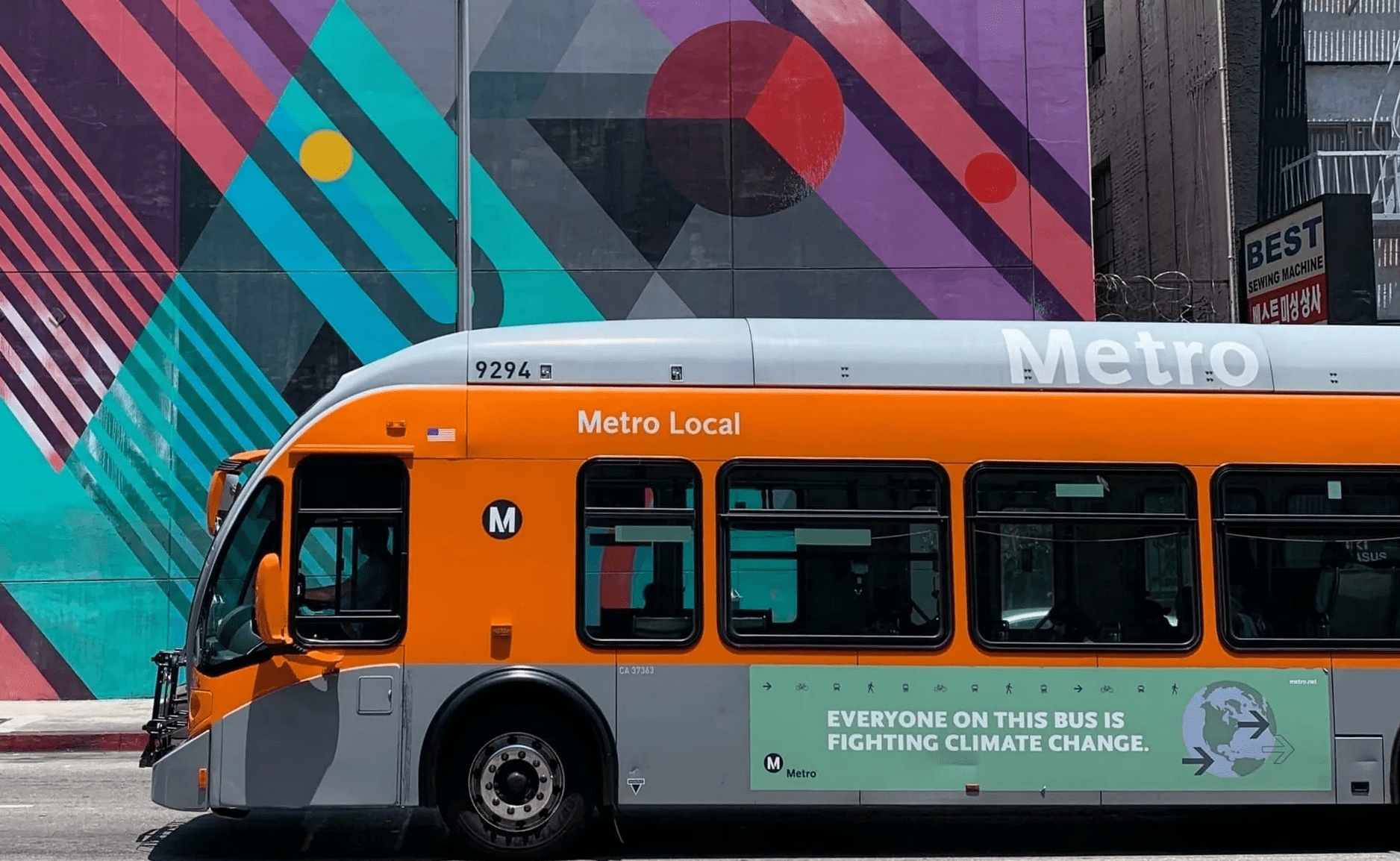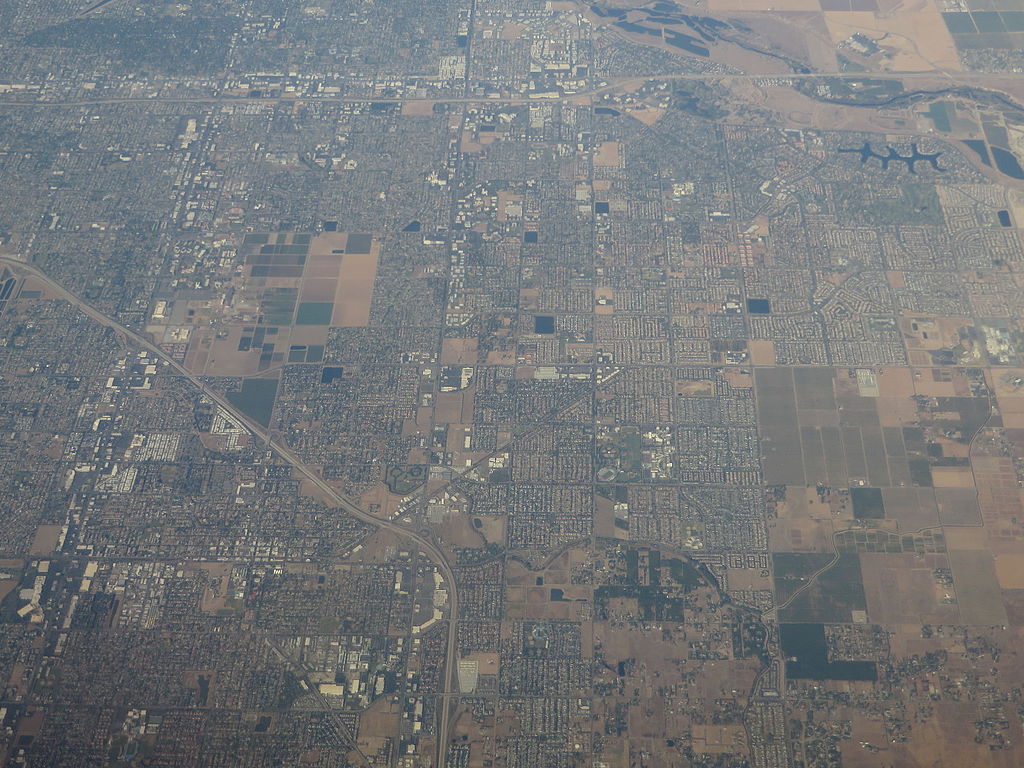Governor Signs Housing, Sustainable Transportation Bills
4:55 PM PDT on September 29, 2020

Note: GJEL Accident Attorneys regularly sponsors coverage on Streetsblog San Francisco and Streetsblog California. Unless noted in the story, GJEL Accident Attorneys is not consulted for the content or editorial direction of the sponsored content.
California Governor Newsom has until Wednesday at midnight to sign, veto, or ignore bills passed during this year's COVID-hampered legislative session.
Advocates for transit, biking, and walking are happy about the passage of S.B. 288 from Senator Scott Wiener (D-San Francisco), which Streetsblog has written about here and here. Streetsblog San Francisco also asked Bay Area advocates for their thoughts about it. Environmental justice advocates were not as pleased as bike advocates, but not because they oppose sustainable transit.
Instead, they are worried about the way the new law carves out exemptions for particular types of projects. This has become the favored/easier tactic for reforming the California Environmental Quality Act than actually changing the way the law works.
"CEQA is an important tool, especially for environmental justice communities," Tiffany Eng of the California Environmental Justice Alliance told Streetsblog. "Communities are oftentimes not informed about pending projects unless CEQA is involved. The local community has valuable input, and CEQA is one of the only ways the community can propose alternatives to the project or hold people and projects accountable for mitigating the problems they may cause."
"CEQA is often scapegoated as a barrier to development, but it's not the main reason why projects are being held up," she said. The organization is particularly worried about the law's exemptions for larger-scale projects like bus rapid transit, light rail, and very high-occupancy vehicle lanes "that will likely bring long-term, significant air quality, and other environmental and environmental health impacts. These... are exactly the kinds of projects that should continue to be analyzed through CEQA," they wrote in a letter to Newsom urging him to veto the bill [PDF]. "Only through a robust CEQA process can agency decision-makers and the public fully understand the scope and scale of their impacts, find ways to mitigate the significant impacts, and then decide whether to approve the projects. The full CEQA process is likely the only way for low-income communities of color to learn about, participate in, and influence these projects that will likely impact their families’ health, and their ability to stay in their homes and neighborhoods."
Not that changing CEQA is easy. Case in point: the glacial process to change one practice that was actually never part of CEQA but crept in and overstayed - referring here to considering vehicle delay an environmental impact, which still has not been completely excised from planning practices.
Before looking at the housing bills that are now law, first one housing bill Newsom vetoed: A.B. 2405, from Assemblymember Autumn Burke (D-Inglewood). This bill simply declared that "it is the policy of the state that every individual has the right to safe, decent, and affordable housing" and state agencies to consider this in their policies and programs.
While he supports the goals of the bill, writes Newsom in his veto message [PDF], he can't sign it because "the cost implications" are too big, quoting an estimate of over $10 billion from an Assembly Appropriations Committee analysis. Note that these costs would be for increasing staffing at the Department of Housing and Community Development and "to assist all the children and families experiencing homelessness and to link them to services."
That is, it's the cost of actually doing something about homelessness - which can't be expected to be cheap.
Instead, writes the governor, "to make progress, we need more than policy goals. We need tangible funding strategies and legal requirements. This means challenging accepted norms and rejected the status quo and identifying necessary revenues."
This is something that could begin with a simple declaration, as contained in A.B. 2405, that the state finds that its residents have the right to safe, decent, and affordable housing. Newsom is being inconsistent, given his declaration in a recent executive order that California will aim towards a goal that it as of right now has no idea how it will reach - that of ending the sale of gas-powered vehicles in the state.
Sure, California needs more than policy goals - that's a given. But at the same time, the state clearly needs policy goals, especially given the current progress on solving homelessness.
Newsom also vetoed a bill that would have created a state office to end homelessness, A.B. 1845 from Assemblymember Luz Rivas (D-Arleta). California is committed to ending homelessness, he says [PDF], but just not this way.
Signed Bills
While several different efforts were made to create new protections for tenants who find they cannot pay rent because of "COVID-related financial hardship," they got whittled down to A.B. 3088, co-authored by Assemblymembers David Chiu (D-San Francisco) and Monique Limón (D-Santa Barbara) and Senators Steven Bradford (D-Gardena) and Anna Caballero (D-Salinas). This new law makes it a marginally harder to evict tenants, but the onus is still on tenants to protect themselves by following some strict steps including timely response to any eviction notice. The law also provides some mortgage relief for landlords whose tenants cannot pay their rent.
Affordable housing developers currently rely on cobbling together a mix of funding from a variety of grants and tax credits to be able to build. A.B. 434 from Assemblymember Tom Daly (D-Anaheim) will not eliminate that, but will make it easier to navigate the process by putting (almost) everything into one application. Saves money on the application process, reduces uncertainty, saves time.
When cities plan their moderate and above-moderate income housing plans, they will now have to plan to include quadplexes within those areas, according to A.B. 725 from Assemblymember Buffy Wicks (D-Berkeley). That means denser housing will not be confined to low-income areas.
Also from Wicks, A.B. 1851 makes it easier for "faith communities" to build housing on their underutilized parking lots. The bill focuses on parking requirements, limiting demands for replacement that local governments can require when a church builds housing on its parking. Another bill, now law, clarifies that housing built on land owned by schools can still be eligible for affordable housing funding even if the housing is restricted to teachers. A.B. 3308 from Assemblymember Jess Gabriel (D-Encino) seeks to encourage schools to build much-needed housing for teachers on their own land.
Homeowner Associations, or HOAs, make and enforce rules on property owners within new subdivisions, planned communities, and condominium buildings. A.B. 3182 from Assemblymember Phil Ting (D-San Francisco) will prevent HOAs from the common practice of creating a blanket ban on homeowners building or renting out Accessory Dwelling Units on their properties. The laws on ADUs have been shifting over the past few years as people realize they can be an opportunity to create more housing within existing neighborhoods, and this bill brings that shift to HOA-controlled areas.
As discussed in previous posts, several important housing bills never made it to the governor, and the ones that did are in general very narrowly focused and limited in usefulness. An example of one such bill that did get signed is S.B. 1157, from Senator Steven Bradford (D-Gardena), which was greatly reduced through the legislative process. It now focuses on the problem of lack of credit history, which can be a barrier to economic mobility, by allowing tenants in certain assisted living arrangements to have their rent-paying history reported to credit bureaus. It is of limited usefulness, although significant to some individuals.
Streetsblog California editor Melanie Curry has been thinking about transportation, and how to improve conditions for bicyclists, ever since commuting to school by bike long before bike lanes were a thing. She was Managing Editor at the East Bay Express, editor of Access Magazine for the University of California Transportation Center, and earned her Masters in City Planning from UC Berkeley.
Stay in touch
Sign up for our free newsletter
More from Streetsblog California
Thursday’s Headlines
Top climate scientists are alarmed but determined; Growing local transit, making it safe; Planning for car-free cities; What Malibu is doing to make PCH safer; More
California Leaders Celebrate Ten Years of Climate Action
Air Resources Board report highlights progress funded by the California Cap-and-Trade Program
How Car-Centric Cities Make Caring For Families Stressful — Particularly For Women
Women do a disproportionate share of the care-related travel their households rely on — and car-focused planning isn't making matters easier.
A Very Ferry Future. Plus Advocates Call BS on ‘Welcoming West Portal Committee’
A whole lot more ferry service proposed for the Bay Area
Wednesday’s Headlines
Cash incentives can change transportation habits; Safer streets need investment; Suburbs don't want to support public transit; Depaving; More




